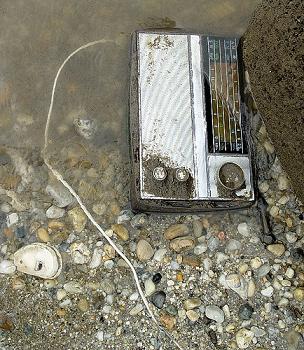 While touring the CNN Center last week in Atlanta, I was handed a tag that I was instructed to wear at all times. On the reverse of this tag was a handy space for CNN to do a bit of focused advertising. The advert on mine was for the CNN Pipeline service. As the tag reads, you can try it free for two weeks.
While touring the CNN Center last week in Atlanta, I was handed a tag that I was instructed to wear at all times. On the reverse of this tag was a handy space for CNN to do a bit of focused advertising. The advert on mine was for the CNN Pipeline service. As the tag reads, you can try it free for two weeks.
I visited the site upon my return to find that the service is available for only $2.95 per month. That seems reasonable even to my painfully thrifty eyes. What do you get for $2.95? Access to live, unfiltered video feeds, four in total. Access to over 2,000 hours of video archives of CNN.com. Breaking news alerts on your desktop.
To me, it seems that CNN has the right idea here. They have the content. They have made the content easy to access. They have established a reasonable monthly fee for the service. They are leveraging their live content in parallel with their archive, fitting in with the Long Tail concept.
Bravo, CNN.











